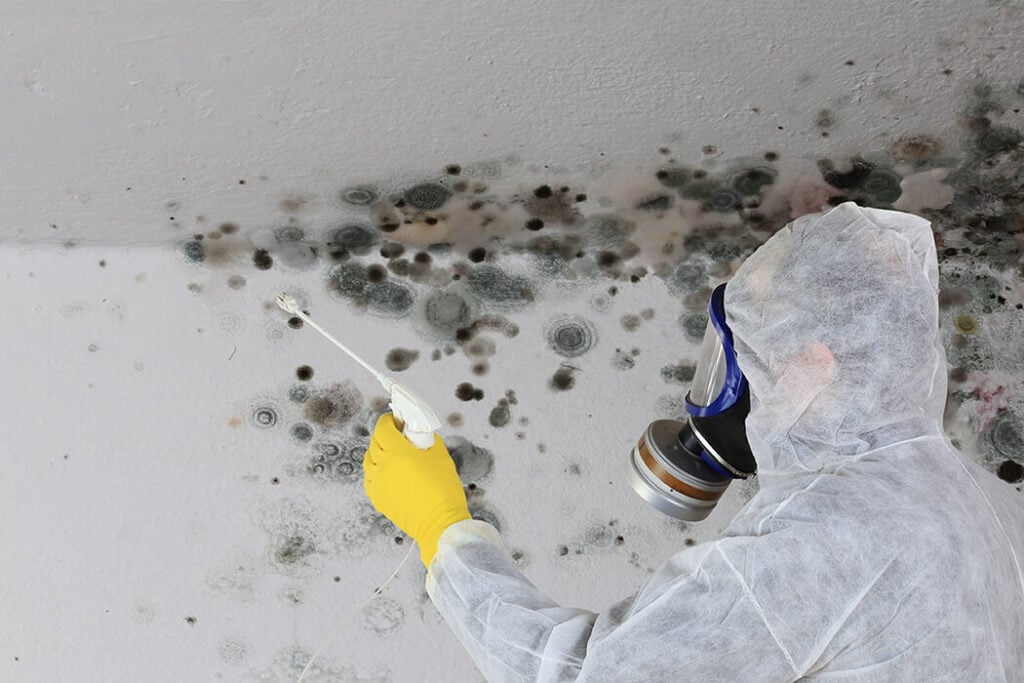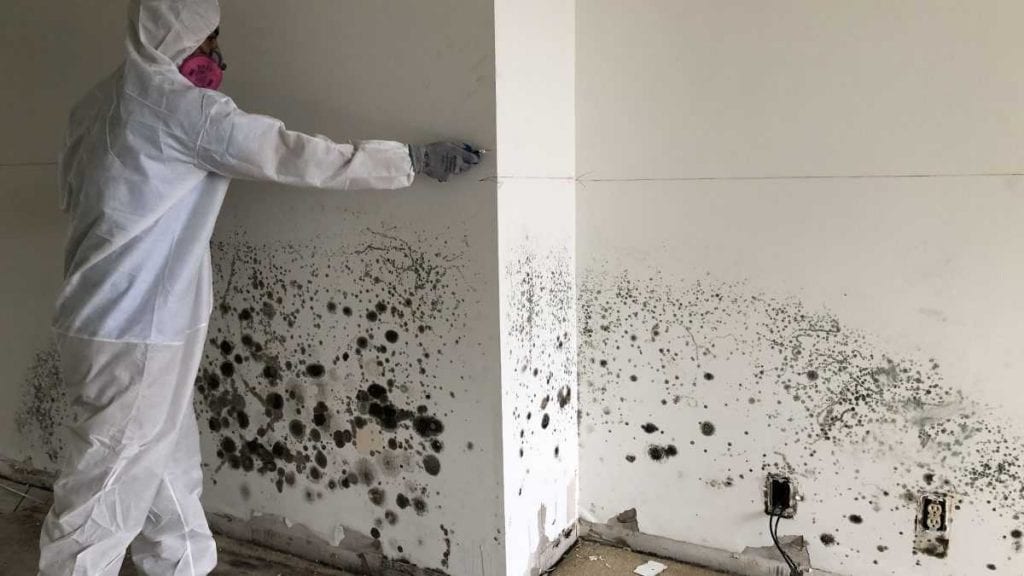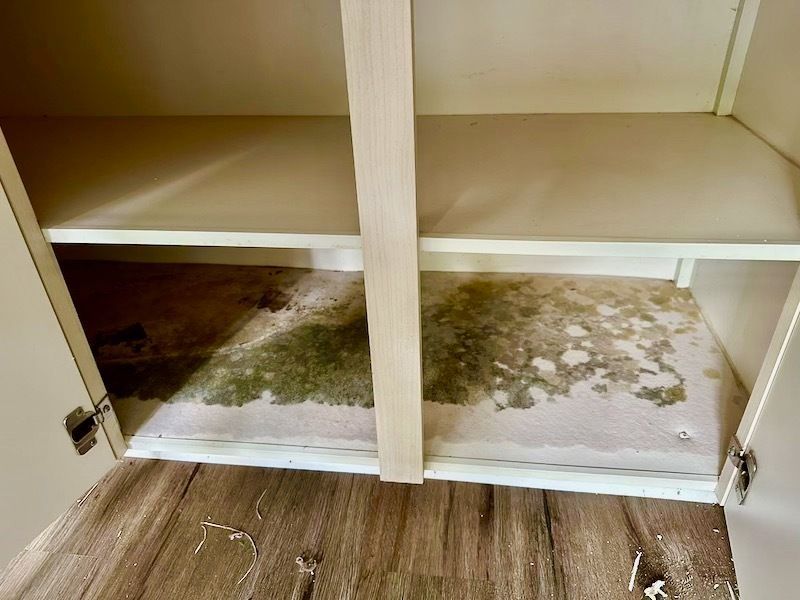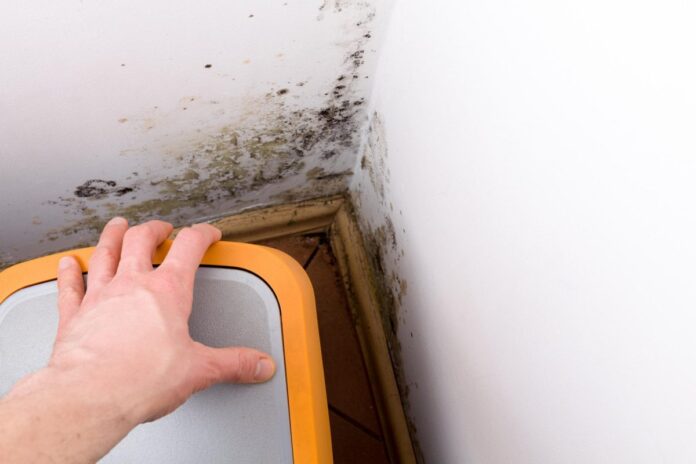Mold, a silent intruder in many homes, can wreak havoc not only on structures but also on health. Identifying its presence early is paramount, and this is where home mold testing kits come into play.
These kits empower homeowners to take control of their living spaces, providing a straightforward way to detect mold spores lurking in the corners or hidden behind walls. But how exactly do you go about using these kits effectively? In this article, we’ll guide you through each step of the process, from selecting the right kit to interpreting the results.
Whether youre a seasoned DIY enthusiast or new to home maintenance, understanding how to utilize these tools can be a game-changer in ensuring a safe and healthy environment. Prepare to embark on a journey of discovery as we unravel the intricacies of home mold testing!
Common Types of Mold and Their Health Risks

Mold comes in various types, each carrying its own health risks that can affect unsuspecting homeowners. One of the most notorious culprits is Stachybotrys chartarum, commonly known as black mold, which can provoke severe respiratory issues, especially in individuals with asthma or weakened immune systems.
Similarly, Aspergillus species, often found outdoors but also thriving indoors, can lead to allergic reactions and sinus problems. Then theres Penicillium, frequently discovered on damp materials, which can contribute to chronic lung conditions.
In contrast, Cladosporium, a common allergen, can ignite asthma attacks and exacerbate hay fever symptoms. Recognizing these molds and understanding their potential health implications are critical steps for any homeowner concerned about safety and well-being in their living environment.
Preparing for Mold Testing

Preparing for mold testing may seem straightforward, but it requires a careful approach to ensure accurate results. First, gather all necessary materials, including the testing kit, gloves, and a mask, as you want to minimize exposure to spores.
Next, identify the areas of your home that youre most concerned about—basements, bathrooms, and kitchens often hide mold in unexpected corners. Clear away any obstructions to allow for easy access.
Furthermore, make sure to check the weather; testing during a dry period might yield different results than in a humid environment, which can affect spore activity. Lastly, have a clean workspace ready where you can handle samples without cross-contaminating them.
With everything set, you’ll be ready to take the next step toward identifying any mold issues lurking in your home.
Prevention Tips to Avoid Future Mold Growth

To prevent future mold growth, it’s essential to take proactive measures that tackle the root causes of moisture and dampness in your home. Start by maintaining a consistent indoor humidity level of 30-50%; consider investing in a dehumidifier, especially in moisture-prone areas like basements or bathrooms.
Ensure proper ventilation—open windows when weather permits, and use exhaust fans while cooking or showering to dissipate steam. Regularly inspect your home for leaks, particularly around windows, roofs, and plumbing, and address any issues promptly to avoid water accumulation.
Additionally, keep your gutters clean and the drainage systems clear, allowing rainwater to flow away from your foundation. Lastly, be judicious with houseplants: while they enhance ambiance, they can also contribute to humidity; consider limiting their number or placing them in well-ventilated areas.
By adopting these strategies, you ensure a healthier home environment free from the threat of mold.
Conclusion
In conclusion, utilizing a home mold testing kit can be an effective way to identify potential mold issues within your living space, ensuring a healthier environment for you and your family. By following the step-by-step instructions outlined in this article, you can confidently navigate the testing process, from proper sample collection to interpreting the results.
Mold testing Tampa, where humidity can contribute to mold growth, regular monitoring can be particularly beneficial. By being proactive and informed, you can take vital measures to address mold concerns and maintain your homes safety and comfort.




